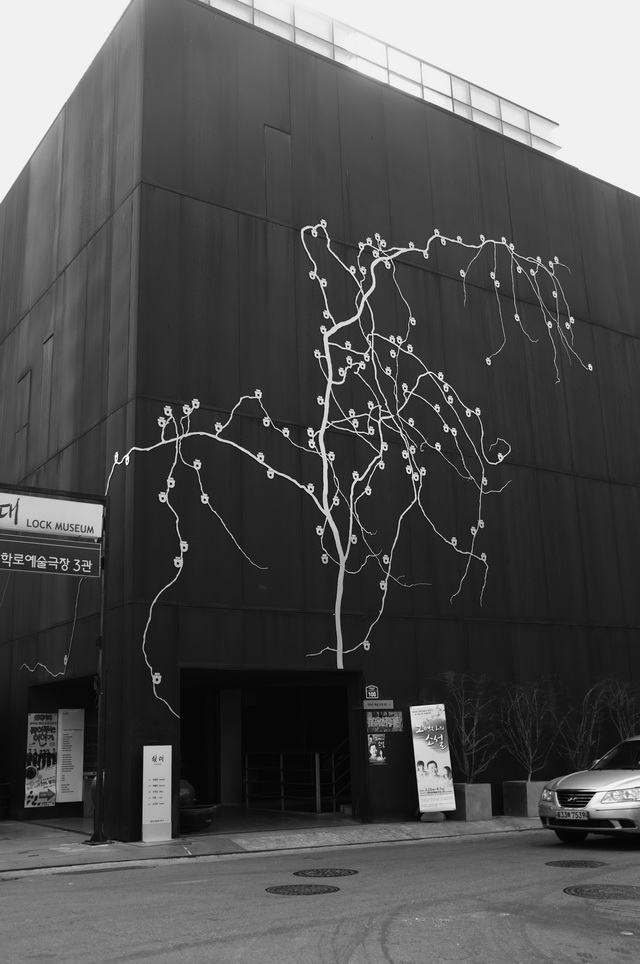Less than 60 years later, Hangul was banned by kings who felt threatened by their literate subjects; in 1504, a series of posters in Hangul by commoners mocked King Yeonsangun, an unpopular tyrant who responded by banning Hangul’s use. In 1506, his successor abolished the Ministry of Eonmun, the government institution devoted to the study of Hangul. Until 1894, Hangul receded into the background, occasionally surfacing into use for poetry and novels. The vehicle of a reformist movement based on Korean nationalism in the 19th century propelled it into official use for the first time in 1894, both in official documents and elementary schools. During the Japanese occupation between 1910 and 1940, Japanese became the official language and Hangul was again banned as part of the Japanese cultural assimilation.
Modern Korean typographic design was slow to start; after the Japanese occupation, the incoming civil war and the economic devastation in the south as a result meant that the evolution of design was suspended until the 70s, when the Korean industrialization brought the country back up from its knees. Other complications delay the advancement of typeface; approximately 11,172 characters must be accounted for in order to design a font for Korean. Therefore the availability of variant typefaces are limited and design has been occasionally limited to the English alphabet, in terms of branding and typographic treatment. However, led by efforts from designers/typographers like Ahn Sang Soo, the focus has swung back into Hangul as a design.
The following is a selection of typographic work from current Korean designers:
Our Korean Typography, Sulki & Min.
Wow, Jung Jin.
Bomb Fish on the Seashore. Poster for 558th Hangul Day. Ahn Sang Soo.
Smiling Flowers... Hangeul, Ahn Sahn Soo.








No comments:
Post a Comment